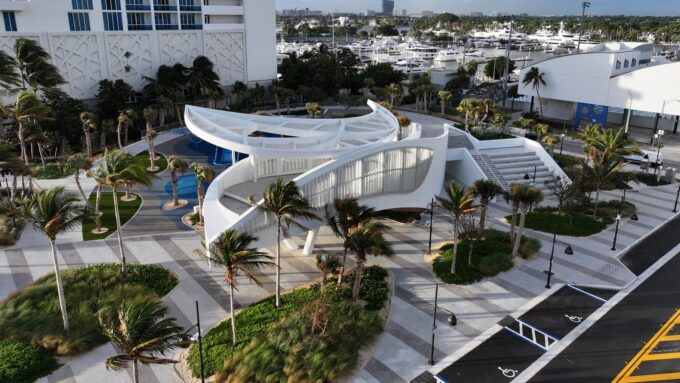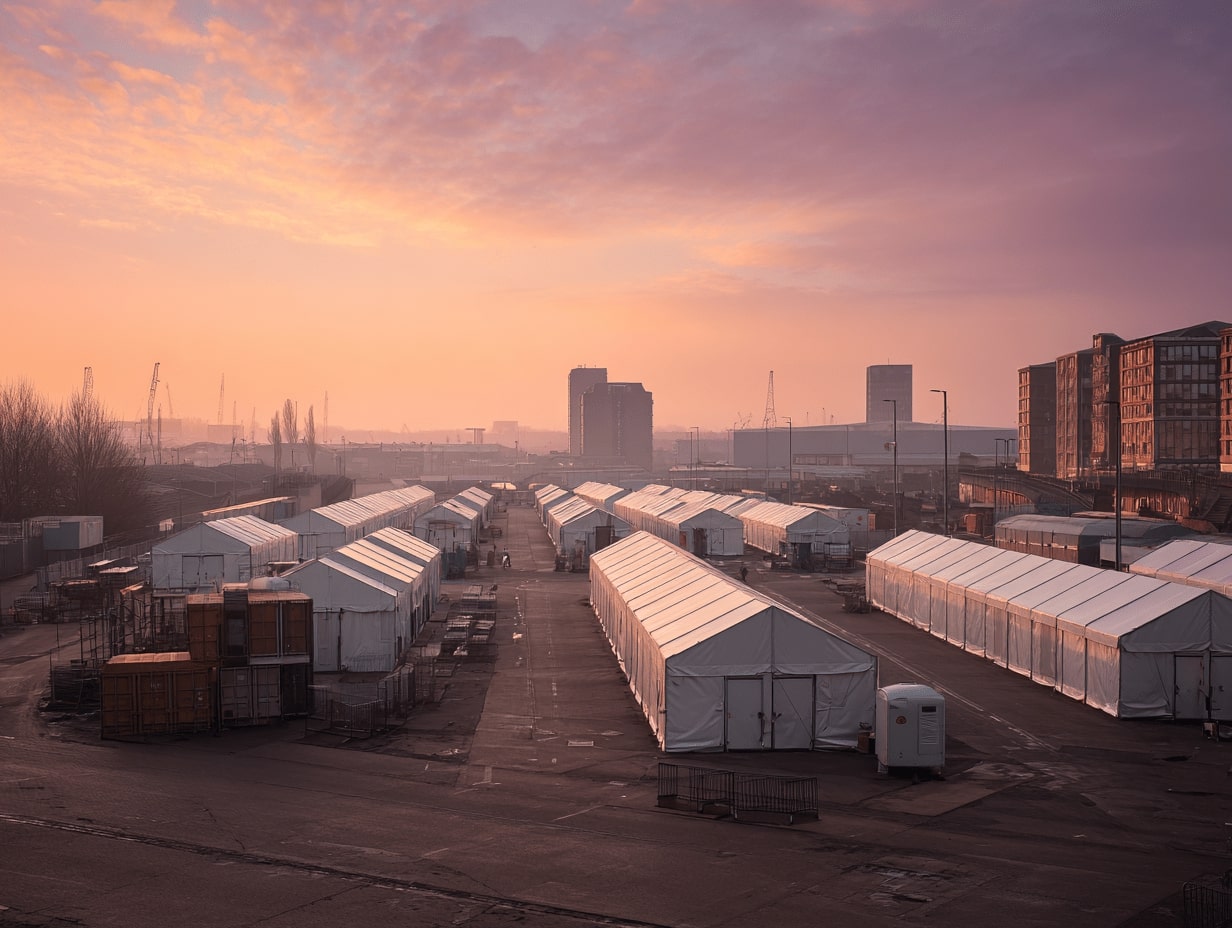- Home
- Articles
- Architectural Portfolio
- Architectral Presentation
- Inspirational Stories
- Architecture News
- Visualization
- BIM Industry
- Facade Design
- Parametric Design
- Career
- Landscape Architecture
- Construction
- Artificial Intelligence
- Sketching
- Design Softwares
- Diagrams
- Writing
- Architectural Tips
- Sustainability
- Courses
- Concept
- Technology
- History & Heritage
- Future of Architecture
- Guides & How-To
- Art & Culture
- Projects
- Interior Design
- Competitions
- Jobs
- Store
- Tools
- More
- Home
- Articles
- Architectural Portfolio
- Architectral Presentation
- Inspirational Stories
- Architecture News
- Visualization
- BIM Industry
- Facade Design
- Parametric Design
- Career
- Landscape Architecture
- Construction
- Artificial Intelligence
- Sketching
- Design Softwares
- Diagrams
- Writing
- Architectural Tips
- Sustainability
- Courses
- Concept
- Technology
- History & Heritage
- Future of Architecture
- Guides & How-To
- Art & Culture
- Projects
- Interior Design
- Competitions
- Jobs
- Store
- Tools
- More
Why A Good Plumbing System Design Matters in Architecture and Construction

It is estimated that 1 in 10 adults in America needed a plumber more than three times in 2021-2022. Unfortunately, plumbing problems can be caused by a lot of factors including weather conditions, infrastructure, and household habits. As a result, blockages, leaks, and flooding can arise requiring the services of specialists. One way to reduce the probability of plumbing issues is to pay close attention to the plumbing plan of a home. Integrating a well-planned plumbing system in the overall design of a home also improves home resource management.
Delivery of Water and Waste Management
In a nutshell, a plumbing system functions to deliver an adequate supply of cold and hot water in a house and remove wastewater and sewage effluent safely into the public sewers or a private disposal system. Hence, it plays a focal role in the management of heating, ventilation, and air conditioning (HVAC) systems and water consumption. For this reason, if there are malfunctions in the system, there will be problems in the supply of water and the evacuation of wastewater.
For example, part of the design of a plumbing system is the installation of a sump pump. Contrary to preconceived notions that it is only needed if you have a basement, a sump pump is useful in draining moisture around your property that may accumulate keeping your home dry. Depending on your house’s location or the region where you are in, a sump pump can protect your abode from water damage and flooding. Sump pumps need to be maintained, however, to serve their purpose. Thus, even in low risk places, sump pump repair in Indianapolis or Columbus must be undertaken if there is a breakdown.

Energy Efficiency, Cost Reduction, and Accessibility
When designing the plumbing system, it is important to consider energy efficiency and reduction of material costs. For instance, eliminating long distances for hot water to travel improves energy use, but may entail siting bathrooms and kitchens near each other while utility rooms can share the same walls with these areas reducing the use of construction materials. Furthermore, it is vital to plan the layout of kitchens, toilets, and bathrooms well so that pipes can be laid down in a straight line without many kinks and turns.
Installing a pigging station can help maintain efficiency by removing debris from plumbing or pipeline systems.
Another critical aspect is the selection of high-quality piping materials, valves, and fittings. These components are essential for ensuring the durability and efficiency of the plumbing system. Using pipes that are resistant to corrosion and leaks, as well as choosing a quality valve supplier, can significantly reduce maintenance costs and extend system longevity.
Accessibility is also another issue that is critical in systems maintenance. Grouped and unburied pipes in slabs make it easy to fix problems without destroying walls and floors. Another design feature that must be included is to plan for future remodels or renovations by providing drain and supply lines in strategic places such as kitchens, wet rooms, and bathrooms. There should also be provisions for equipping backyards with kitchens, showers, pools, ponds, and other water features that will necessitate plumbing points. Finally, it is imperative that building codes and regulations are respected to guarantee a safe and sound design. To achieve a good plumbing system design, it is nearly indispensable not to consult a plumber or engineer so that an architect can present a scheme that operates with little to no issues during installation and construction.
If you’re experiencing plumbing issues, it’s best to consult a plumber in Prescott Valley who can provide expert solutions tailored to your needs.
A plumbing system that saves energy, water, and materials, and requires little maintenance is ideal. By working closely with plumbers and engineers, it is possible to design a functioning scheme for a house.
illustrarch is your daily dose of architecture. Leading community designed for all lovers of illustration and #drawing.
Submit your architectural projects
Follow these steps for submission your project. Submission FormLatest Posts
Why Legal Support Is Critical After a Serious Construction Accident
If you are dealing with a construction accident or have ever watched...
7 Common Myths Every Contractor Should Stop Believing
The construction landscape is a complicated place at the best of times,...
Automation in Construction: Why Human Safety Still Matters
Automation in construction can cut injuries, but new risks emerge. Learn practical...
The Beauty of Temporary Buildings: Why Ephemeral Architecture Captivates Us
Explore the beauty of temporary buildings with design principles, sustainable materials, and...












Leave a comment